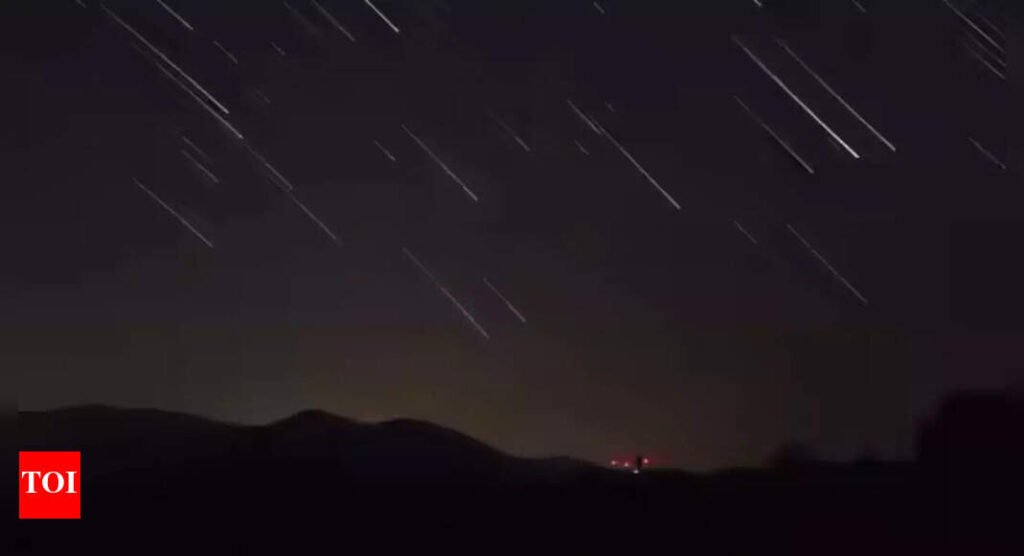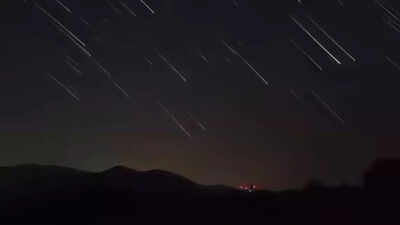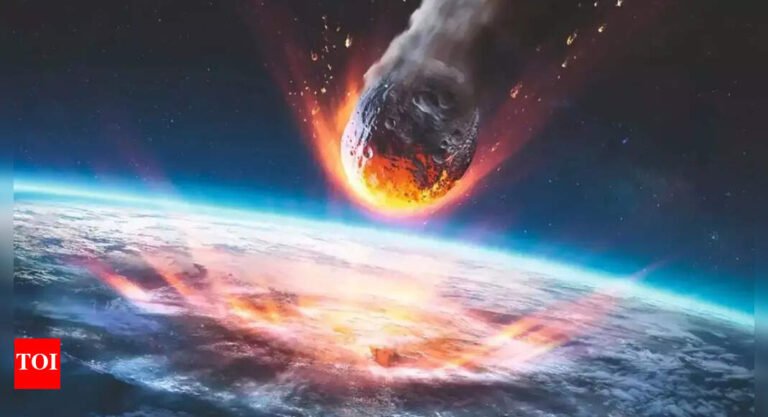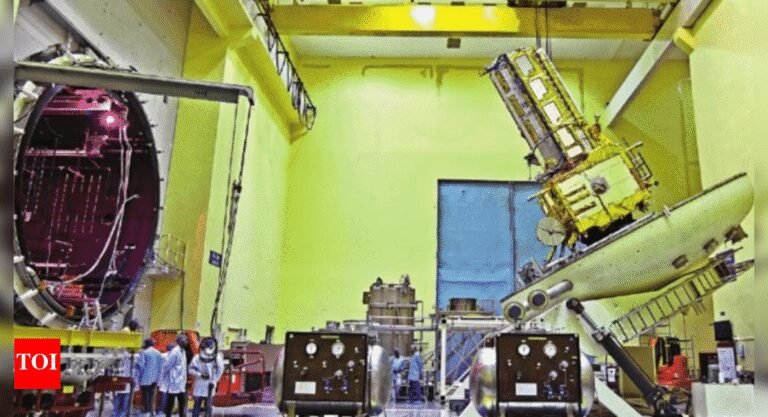
Skywatchers are in for a rare celestial spectacle as two meteor showers—the Southern Delta Aquariids and the Alpha Capricornids—are set to peak on July 29–30, 2025. With an expected 25 meteors per hour and a moonless sky ensuring perfect visibility, this year’s event promises breathtaking views for both astronomy enthusiasts and casual stargazers. Best viewed from the Southern Hemisphere but visible globally, this dual meteor shower display will deliver stunning streaks of light, fireballs, and long meteor trails. Here’s everything you need to know about the peak timings, origins, and best viewing tips for this remarkable event.The simultaneous peak of two meteor showers, combined with a favourable moon phase, makes 2025 a standout year for meteor enthusiasts. Whether you’re an experienced astronomer or simply love stargazing, this event offers one of the best opportunities to witness natural fireworks lighting up the night sky.
Two meteor showers to peak together with more than 20 meteors per hour
The Southern Delta Aquariids, active from July 18 to August 12, will be the primary highlight of this cosmic event. Known for their faint yet persistent trails, these meteors are expected to produce 20 meteors per hour during the peak. Originating from Comet 96P/Machholz, these meteors have been gracing Earth’s skies annually as our planet passes through the comet’s debris field.Adding variety to the spectacle, the Alpha Capricornids will contribute an additional five to 10 meteors per hour. While fewer in number, this shower is famous for its slow-moving, bright fireballs that often appear colorful and dramatic. These meteors come from Comet 169P/NEAT, which completes its orbit every 4.2 years, leaving behind striking debris trails.
July’s twin meteor showers: Viewing tips and extended activity window
Although visible in both hemispheres, the Southern Hemisphere offers the best vantage point due to the higher elevation of the Aquarius and Capricornus constellations. Northern Hemisphere viewers should look southward during predawn hours for the best chance to witness the showers. A moonless night and minimal light pollution will further enhance visibility, making rural areas ideal for observation.Unlike meteor showers with only a brief peak, the Southern Delta Aquariids provide an extended window of high activity from July 24 to July 31. This means even if weather conditions block the peak night, skywatchers have several opportunities to enjoy the display.
Tips for watching meteor showers
- Find a dark location away from city lights.
- Recline comfortably and allow your eyes to adjust for 20–30 minutes.
- Look generally southward and be patient; meteors often appear in bursts.
- Dress appropriately and bring snacks or hot drinks for comfort during long sessions.
Also Read | Solar Eclipse on August 2: Skies to go dark for 6 minutes in a rare 100-year phenomenon; check cities for total or partial visibility; is it visible in India?








